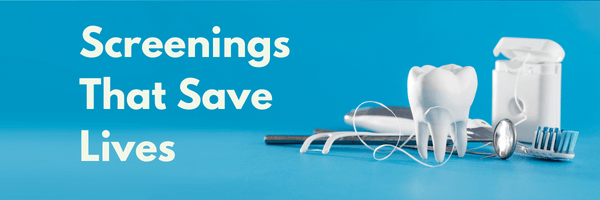.png)
Is New Dental Technology Changing Dental Hygienist Duties?
Posted July 04, 2019
Each year delivers more new dental technology that makes dentistry easier, faster, and more cost-effective than ever before.
But like many other hygienists, this trend has you a bit concerned. You’re wondering how all the rapidly-developing technology will impact your dental hygienist duties.
How New Technology Impacts the Dental Hygiene Industry
Emerging technologies do affect the way hygienists do their job. But the results are overwhelmingly positive.
Changing Dental Hygienist Duties
Thanks to the evolution of dental technology, a few dental hygiene processes have already changed significantly, including:
- Periodontal charting
- Digital x-rays
- Lasers for cavity detection and periodontal therapy
- Ultrasonic scalers
It’s safe to say that every hygienist today is grateful that new technology has made these changes to their dental hygienist duties!
Improving Clinical Dental Hygiene Practice
What about modern dental technology?
New technological developments are making it easier for hygienists to do their job quickly, safely, and comfortably.
Think about the lighted Loupes and instruments that help you see inside the patient’s mouth without straining your eyes. Slimmer tips for your ultrasonic enable you to access deep pockets and furcations. Ergonomic chairs reduce back and neck strain.
These advances increase your comfort, prevent burnout, and protect your health as you deliver hygiene services.
Better Dental Hygiene Services for Patients
New technologies aren’t jeopardizing dental hygiene jobs. On the contrary, technology plays a role in increasing the demand for dental hygienists.
How?
Technology makes dental hygiene appointments a much more pleasant experience for patients than they used to be. This increases patient compliance and makes them more willing to schedule treatment and recall visits.
Just a few of the modern dental technologies that improve the patient experience include:
- Smaller x-ray sensors
- Topical and needle-free local anesthesia
- Conscious sedation
- Patient portals via the practice website
As your patients enjoy more comfortable dental cleanings and accurate diagnoses, they’ll develop a more positive view of dental hygiene.
Dental Hygienists Won’t Be Replaced
Emerging technologies are having a major and positive impact on dental hygienist duties, just as they always have. But there is no danger of dental hygienists being replaced by computers or robots.
As long as people need dental hygiene services, there will be a demand for humans as dental hygienists. That demand will only grow in proportion with a growing population of aging individuals who still have their natural teeth. The US Bureau of Labor Statistics (BLS) states, “Employment of dental hygienists is projected to grow 9 percent from 2021 to 2031, faster than the average for all occupations.”
Dental hygienists are educated and compassionate individuals trained to make difficult judgment calls based on highly nuanced patient information.
Hygienists must carefully weigh a patient’s periodontal condition, health, attitude towards and knowledge of oral hygiene, socioeconomic background, and other factors to successfully communicate the best treatment course.
That’s one hygienist duty that no dental technology will ever replace!
New Dental Technology and You
Be prepared to learn about, adapt to, and adopt emerging dental technologies.
Technology is a key part of the dental industry and a major part of your patients’ lives. Part of your dental hygienist duties is to stay ahead of the dental technology curve to always provide your patients with the most accurate information and the highest standard of care.
Changes in dental technology mean better care for your patients and more comfort for you as the clinician, so celebrate them as they come!
Updated September 2022.
We connect and educate more than 900,000 job seekers in the U.S. and Canada to build better places to work through teams that excel.



.png)




.png)
